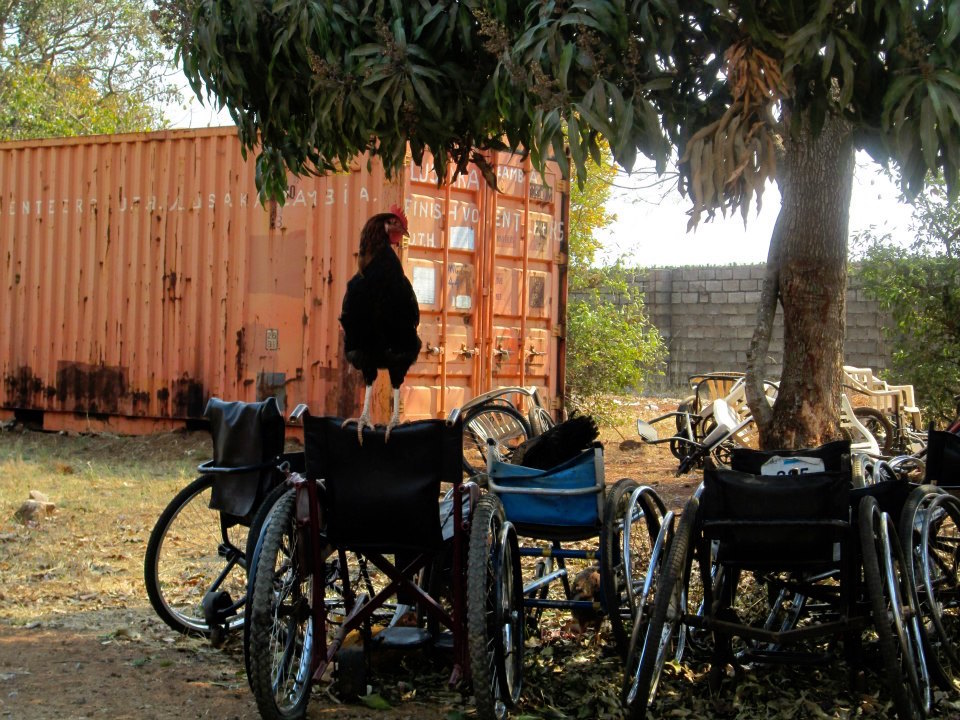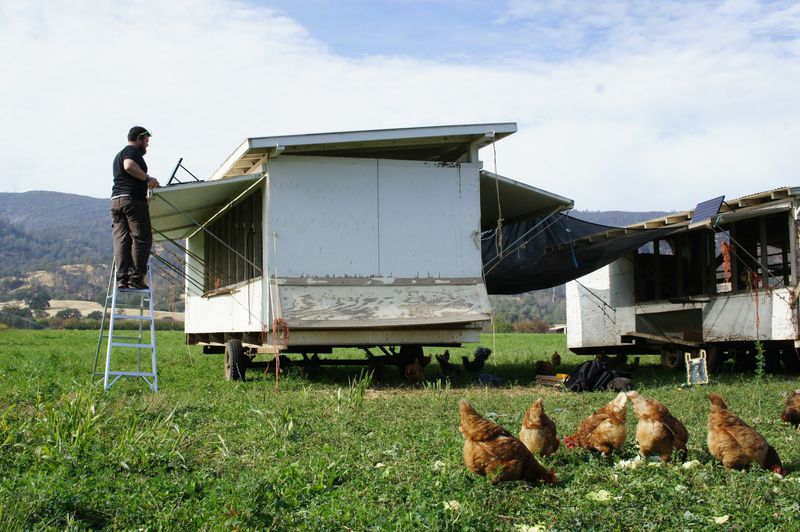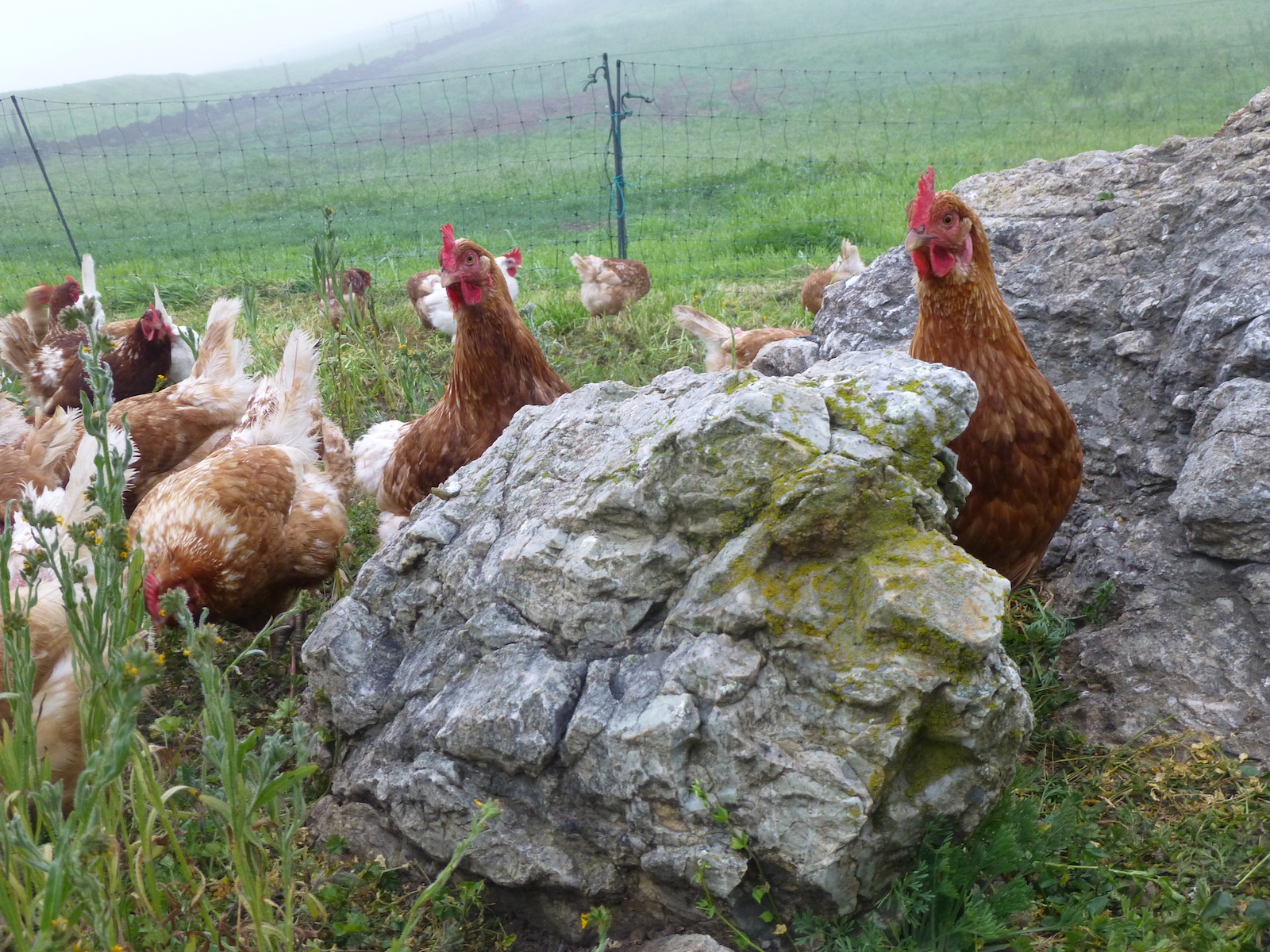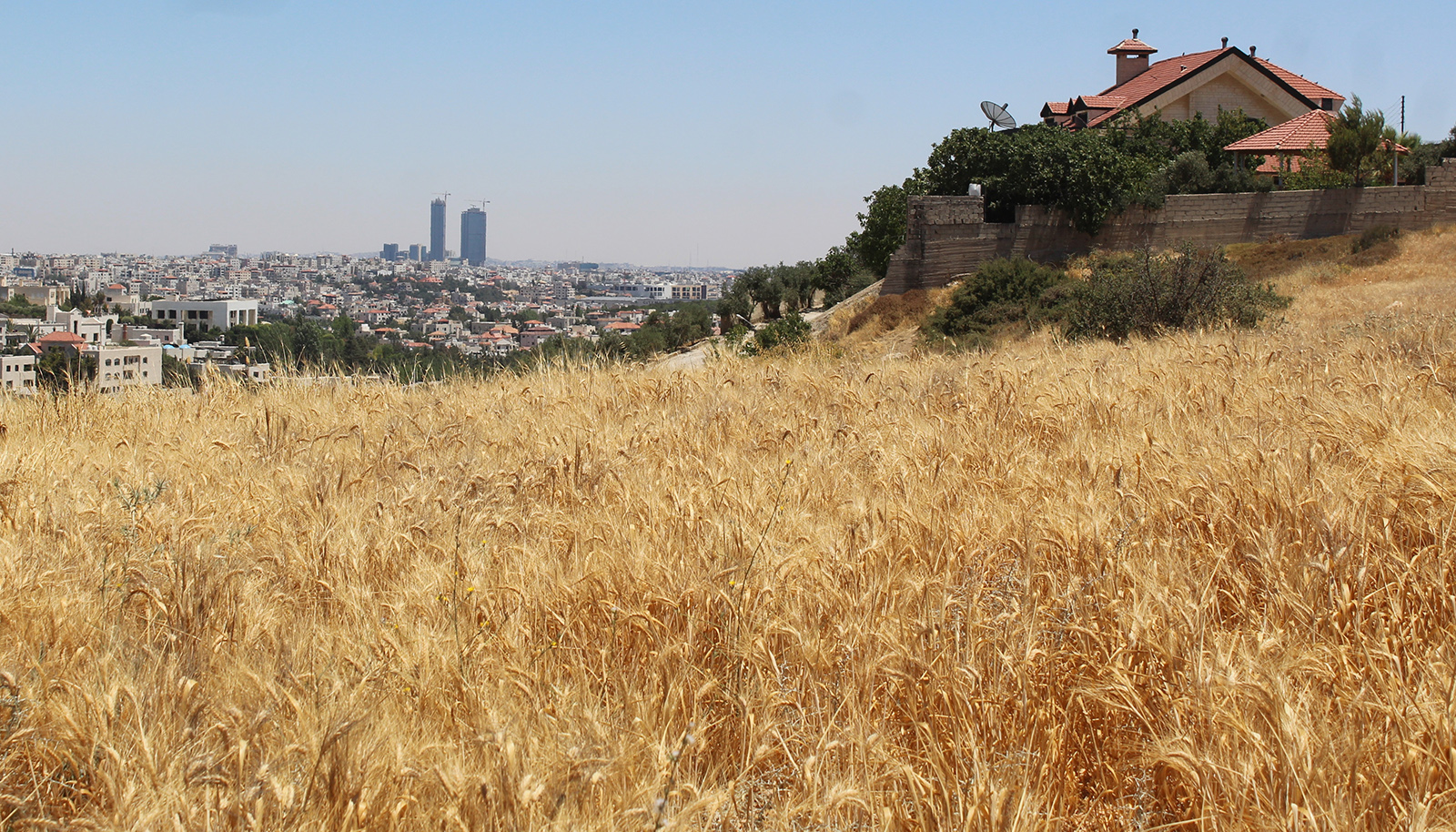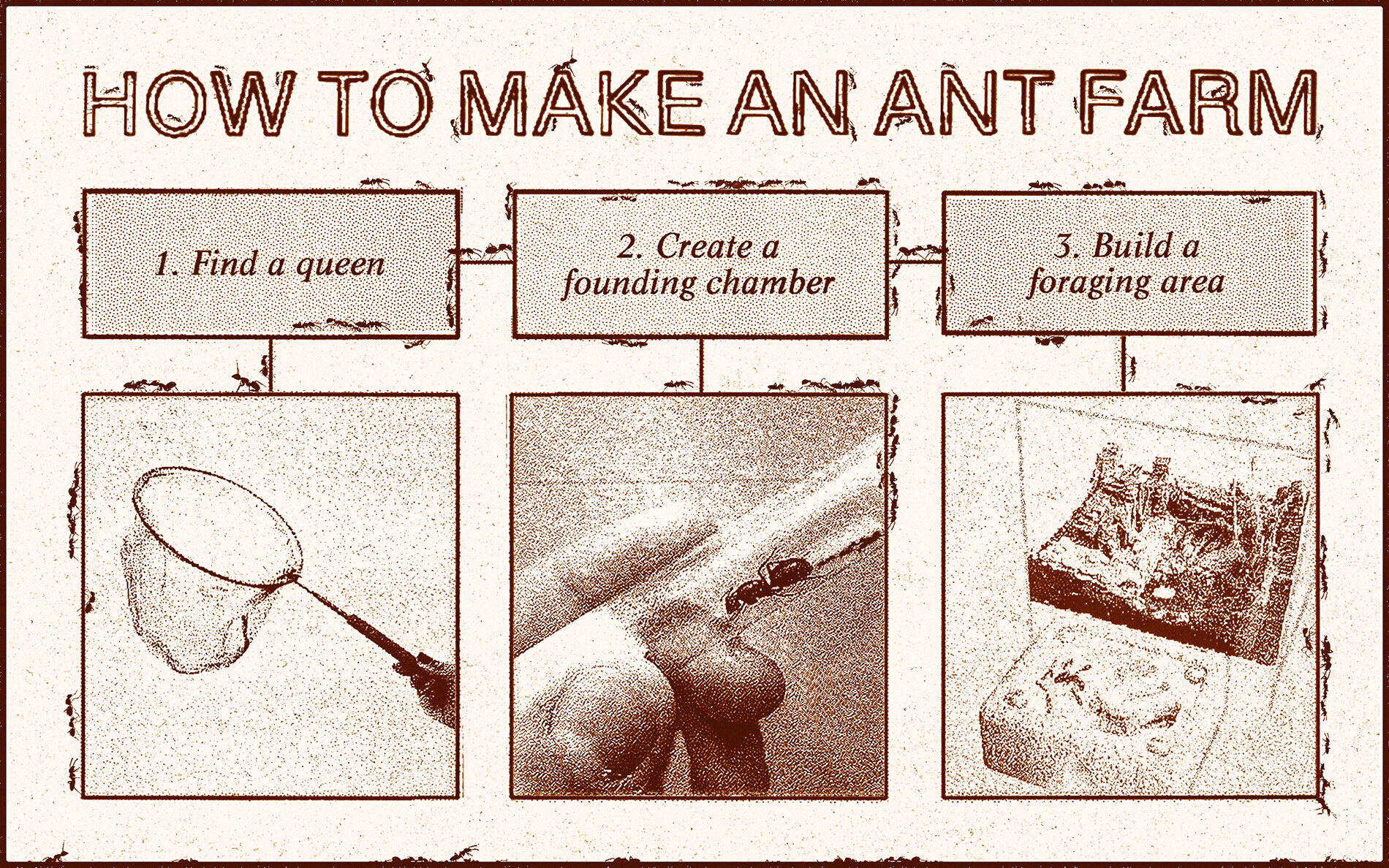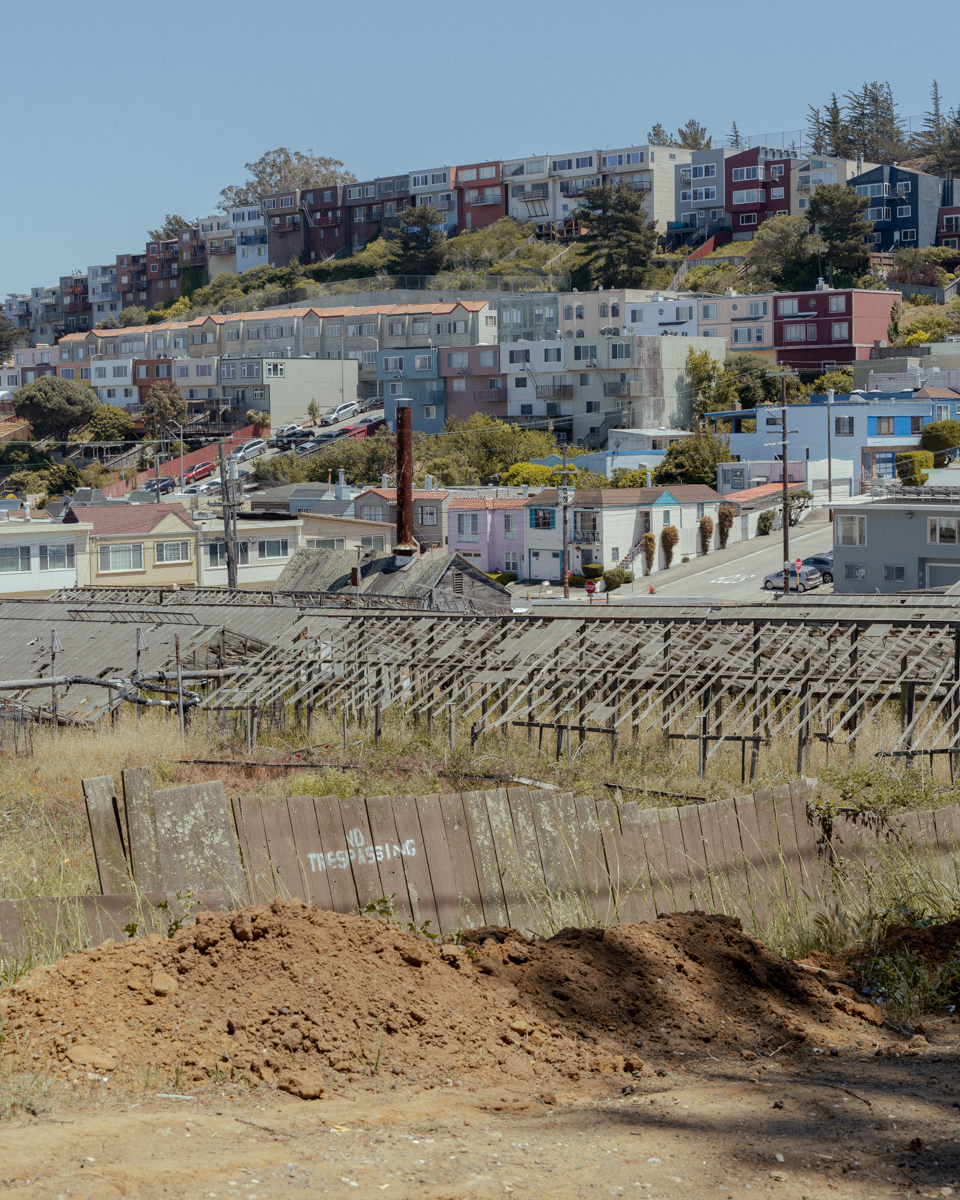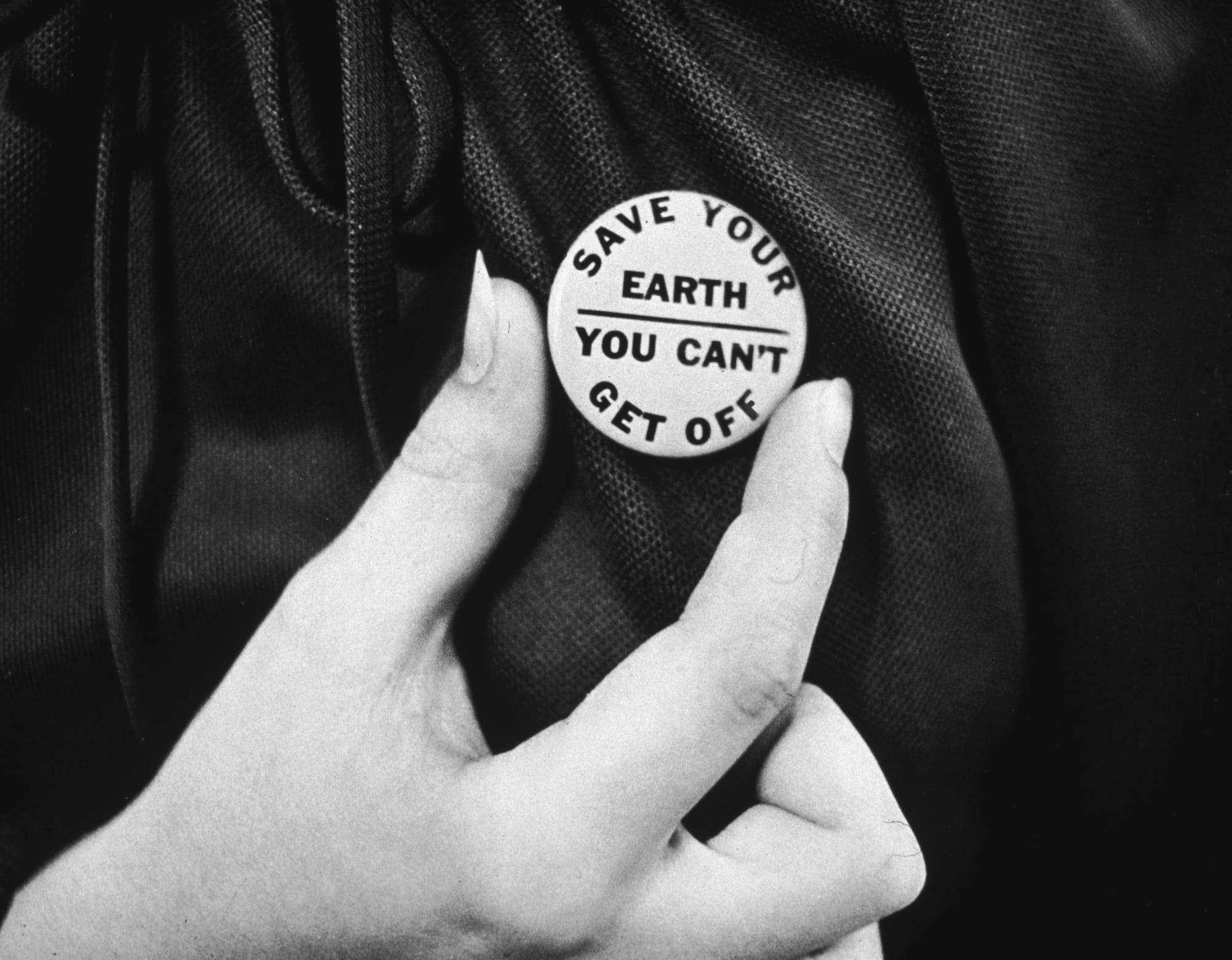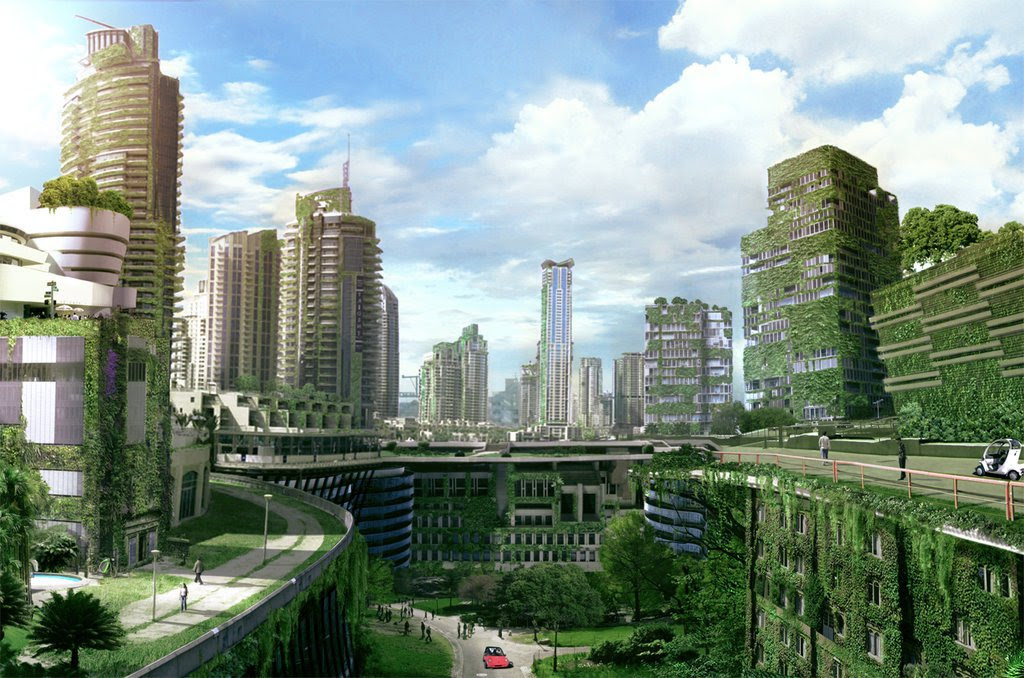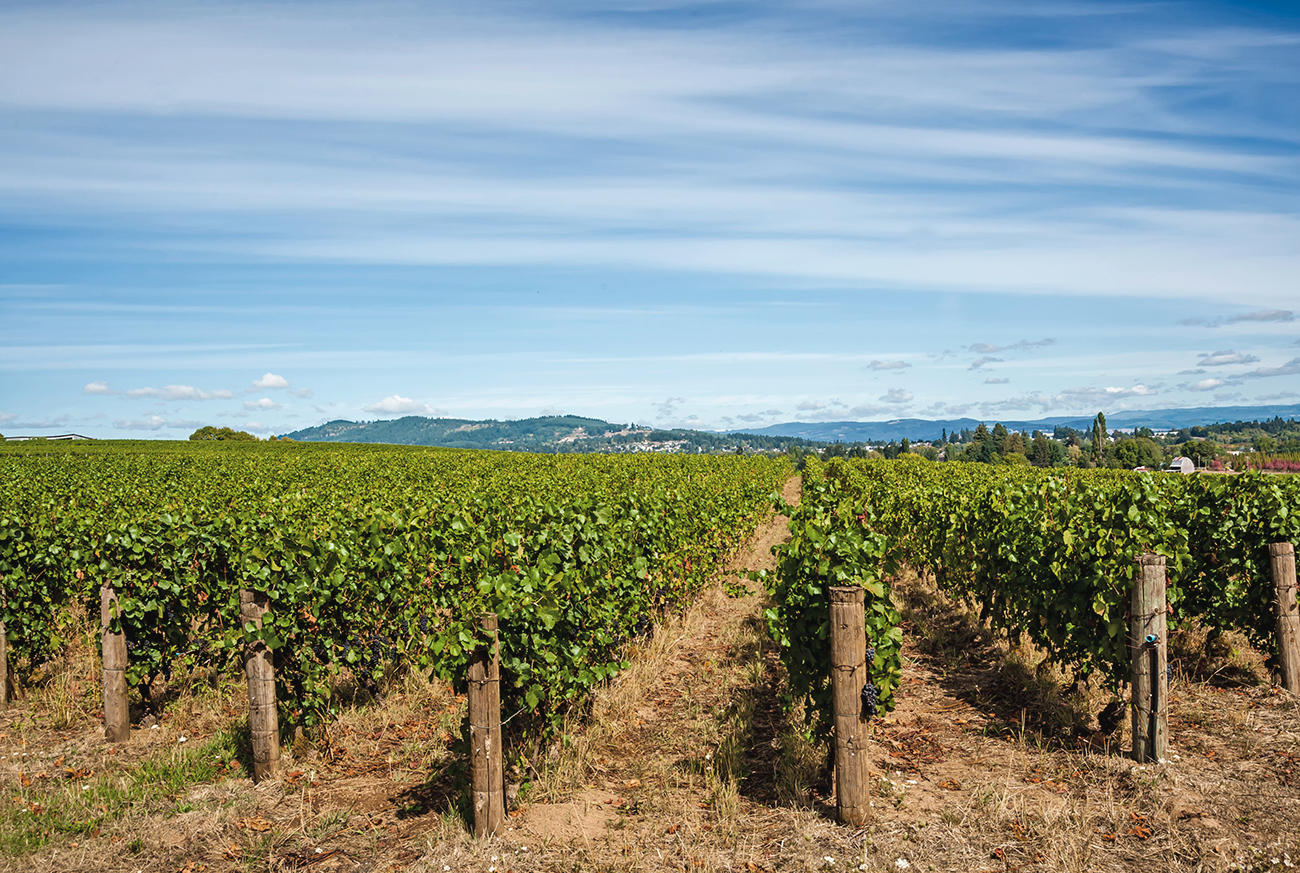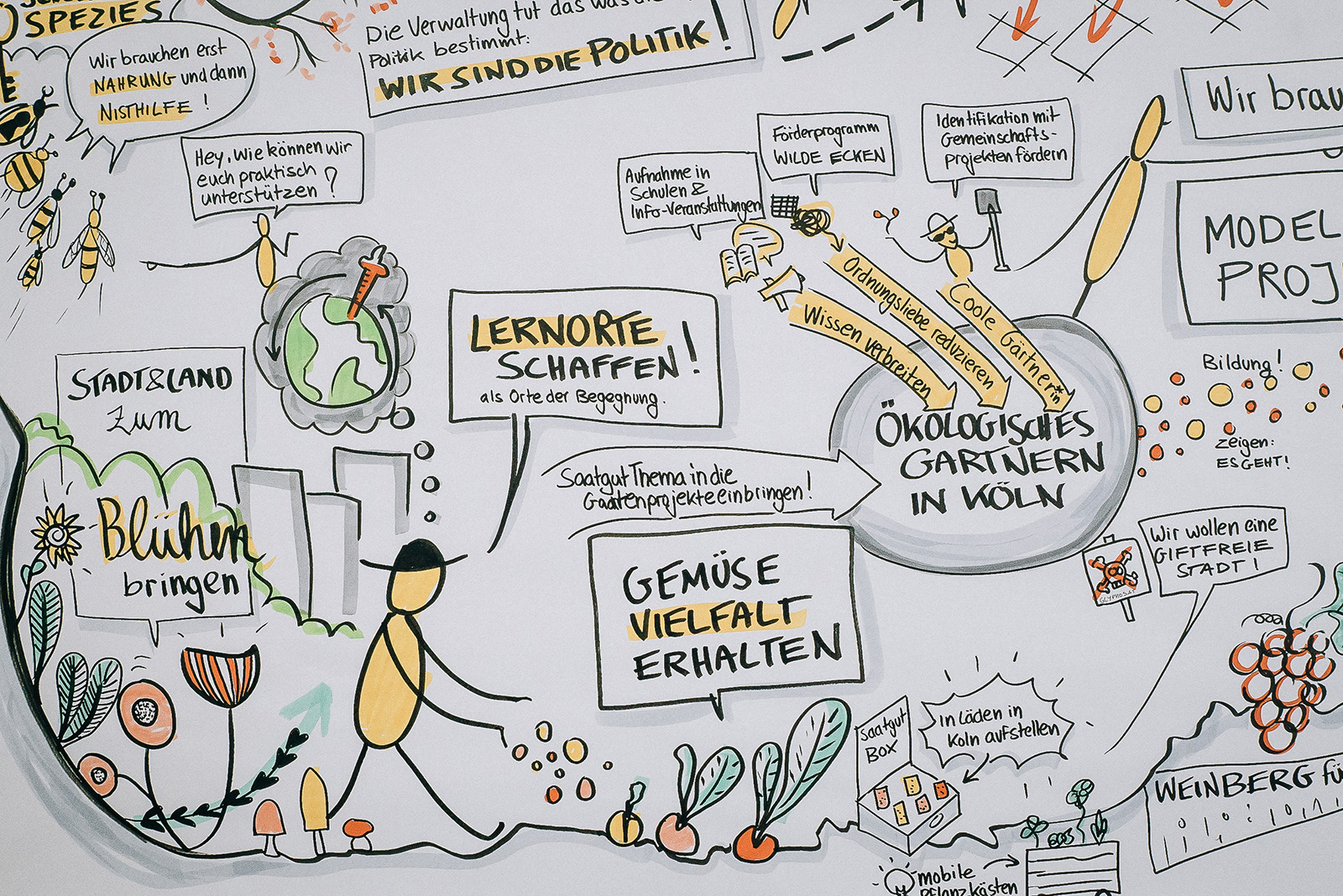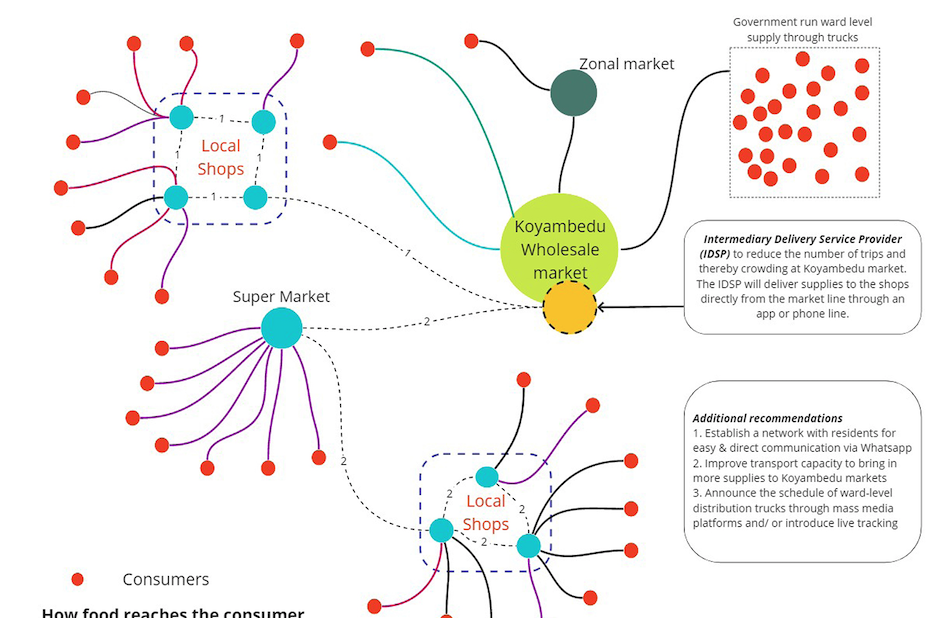I am searching for businesses designed to scale up by scaling down.
Let me explain.
Our food system is undergoing some major changes. New startups are coming in at every stop from farm to fork, more established companies are attempting to adapt, producers are trying to keep up, and consumers are more easily able to speak up. While each of these changes produces a wide range of results, overall it seems like our food system is improving.
However, I am cautiously optimistic, with my worry sitting in the gap between the development of incredible technology and the appropriate applications for food producers of all shapes, sizes and locales. And let me tell you, this gap is worth noticing. If we as entrepreneurs, innovators and designers do not invest time and energy in our careers to create tools that allow diverse food production to thrive, we run some major risks.
Why does a diverse food system matter? Having food producers of all sizes, shapes and locales gives our food system the ability to better adapt to change, be more attentive when customer demand shifts, and stay in touch with the needs of their local community. While massive farming operations may be great at resource efficiency, their gaps are filled by the thousands of micro, vertical, urban, small and medium size food producers that may be better suited for hiring local talent, utilizing lower quality land or serving niche customer demands.
So, if you are reading this today, thinking you may want to have even the slightest impact on your food system, or maybe you are an exponential technology evangelist with ideas to radically shift the whole food system paradigm, I encourage you to find a concrete, seems-like-it-should-be-solved-already type of problem and fall in love with it. Begin digesting it, thinking on it daily, talking to people impacted by it, and becoming a champion for that very real and imminent challenge that, if fixed, could do some good for the people who make up the diversity of our food system.
Having food producers of all sizes, shapes and locales gives our food system the ability to better adapt to change, be more attentive when customer demand shifts, and stay in touch with the needs of their local community.
While you are doing that, I am going to be providing you a monthly dose of technological inspiration about what new, exciting, and accessible solutions are already being applied to solve other challenges in our food system. From 3D printing, nano-bots, and synthetic biology to blockchain, AI, and alternative energy production, I will be delivering interviews, insight, and issues from the literal field (or greenhouse), showing you what is possible.
To be clear: technology is no silver bullet. It cannot alone solve every issue in our food system, nor should it. Being the son of immigrant almond farmers, and spending from age 6-18 working on that farm, I know first-hand there are some issues food producers face that are far beyond solvable by anything that can be ordered online or bought in-store. However, I have also witnessed what I call “domino” technologies: solutions that alone seem insignificant but when installed or implemented on a farm, can lead to many real and tangible results down the line.
Take Henlight for example. A team and I developed a solar powered light to help pasture raised poultry farmers increase egg production during the shorter days of the year, when production would normally drop. The technology itself isn’t rocket science, nor is pastured poultry a massive industry. However, pastured raised poultry farmers provide consumers around the world a choice at the egg box, and are expanding from your local grocery store to national retails chains, a big leap for this “niche” segment of the market. With Henlight, not only do these farmers save labor costs, reduce their on-farm carbon footprint, and increase profits, but they can now provide a more consistent egg supply, giving even smaller farms a greater opportunity to pursue retailers and distributors. Who knew, just a few hours of extra light could have such an impact on the viability of these farms?
In short, technology, when applied appropriately, can have a major impact in our food system, especially when scaled down to be available to a diversity of food producers. With the availability of exciting technologies available to innovators, entrepreneurs, and designers today (made available through a process of scaling down, in fact), we have a chance, now more than ever, to create the food system we want to support. Stay tuned to hear stories of people making this happen, and how you can too.
